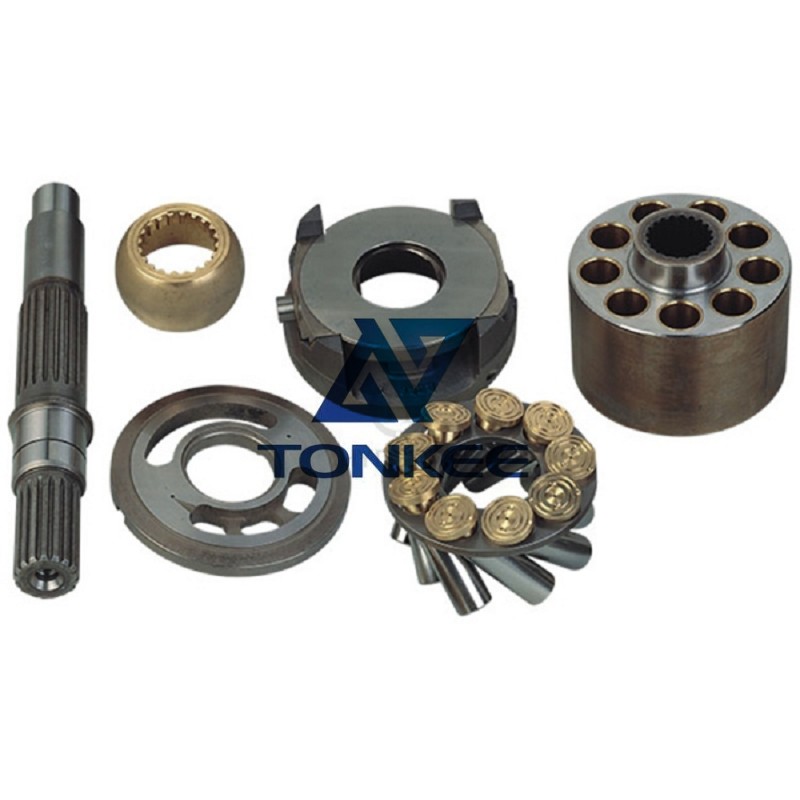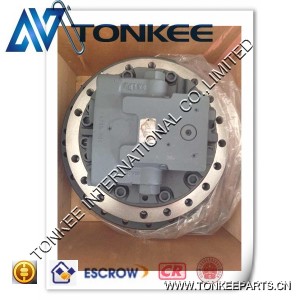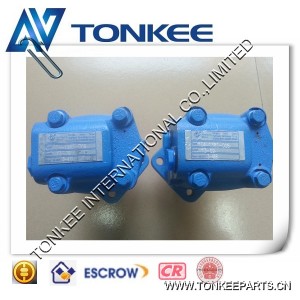
The NV Series is a variable displacement axial piston pump, which means it can adjust its output flow according to the system's demand.
This feature is crucial for optimizing energy efficiency and maintaining system stability.
Displacement Range:
The NV Series is available in a range of displacements, typically from 28cc/rev to 140cc/rev. This flexibility allows you to select a pump that suits your specific application and flow requirements.
Pressure Rating:
NV Series piston pumps are designed to operate at high pressures. They can handle pressures up to 350 bar (approximately 5,000 psi), making them suitable for demanding applications where high hydraulic pressure is required.
Speed Range:
These pumps are capable of operating at various speeds, typically in the range of 600 to 3600 RPM. The speed at which the pump operates can be adjusted to match the application's requirements.
Fluid Compatibility:
NV Series piston pumps are compatible with a wide range of hydraulic fluids, including mineral oils, synthetic oils, and even biodegradable hydraulic fluids. This versatility ensures that they can be used in various industrial settings.
Control Options:
These pumps offer various control options, such as pressure compensators, load-sensing controls, and electronic controls.
These features allow for precise control over the pump's output, making it adaptable to different operating conditions.
Key Parts:
Now, let's examine some of the essential components of the NV Series Piston Pump:
Cylinder Block: The heart of the piston pump, the cylinder block contains multiple pistons that reciprocate as the input shaft rotates. This movement generates hydraulic pressure.
Pistons: These components move back and forth within the cylinder block, creating the necessary displacement. They are typically made from durable materials such as steel or ceramics to withstand high pressures and ensure a long lifespan.
Valve Plate: The valve plate is responsible for controlling the flow of hydraulic fluid. It determines the direction of flow, allowing the pump to function in both directions, which is crucial for many hydraulic applications.
Swash Plate: The swash plate is a key part that can be adjusted to control the pump's displacement. By changing the angle of the swash plate, you can modify the pump's output flow to match the system's requirements.
Drive Shaft: The drive shaft connects the pump to the prime mover, such as an electric motor or an internal combustion engine. It transmits the rotational motion to the cylinder block, initiating the pumping action.



 English
English Русский язык
Русский язык






